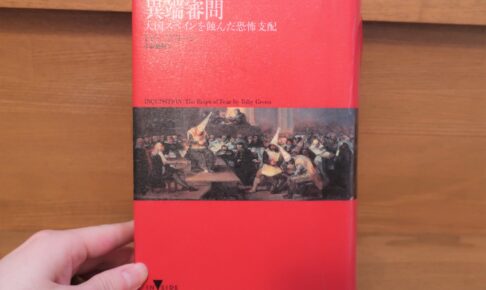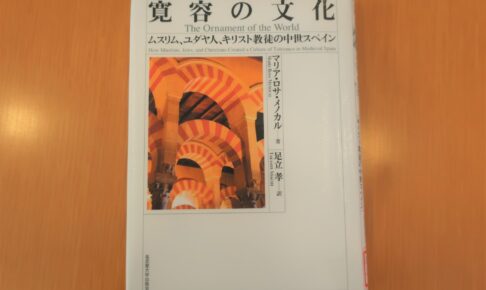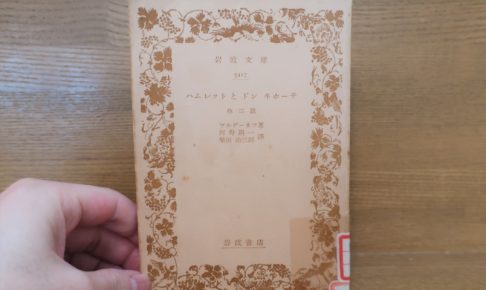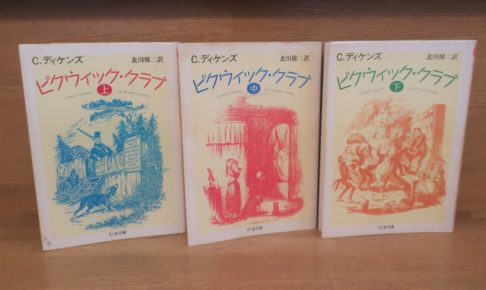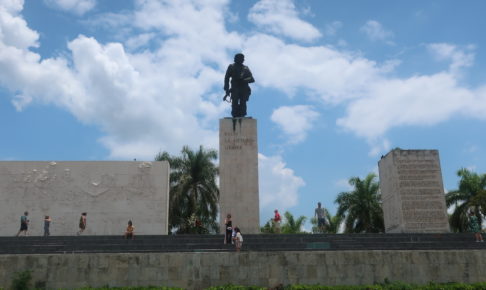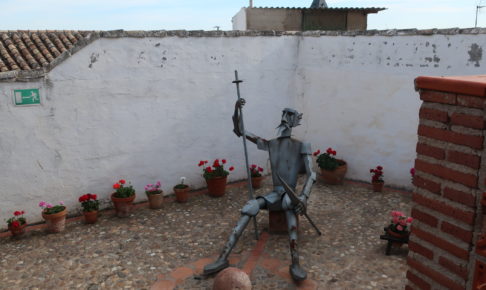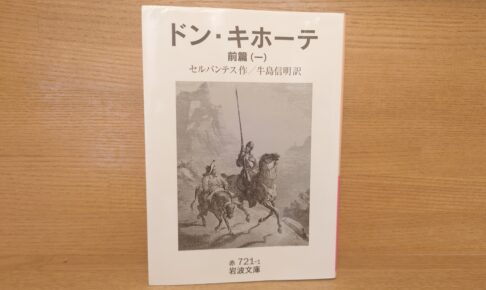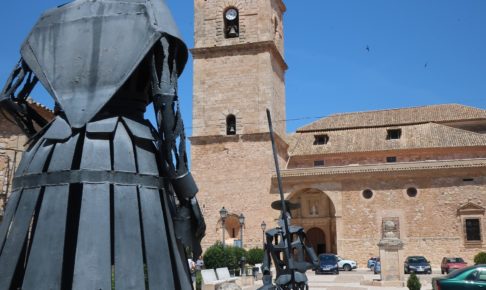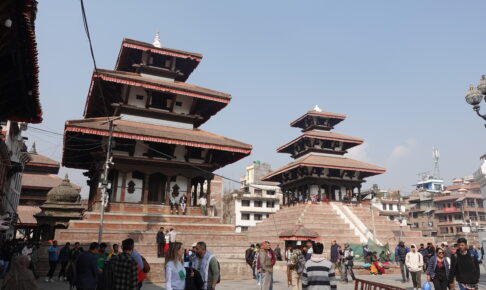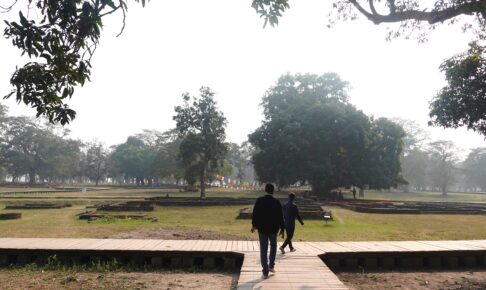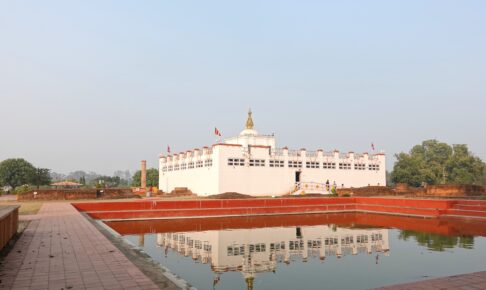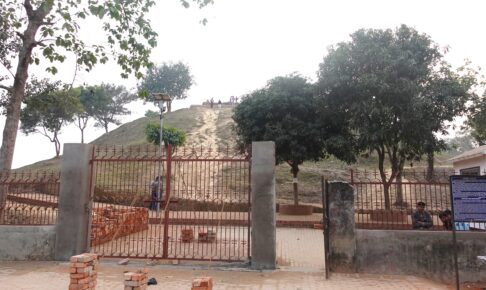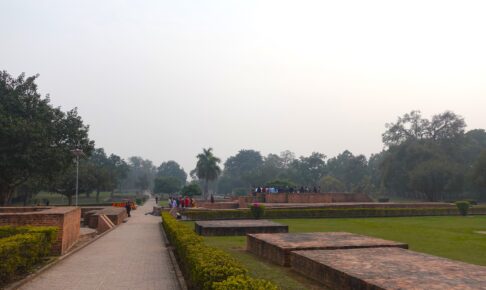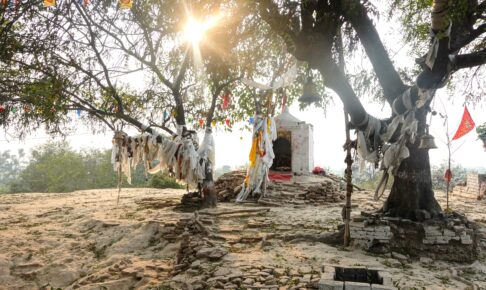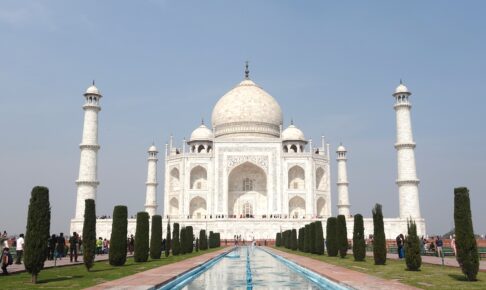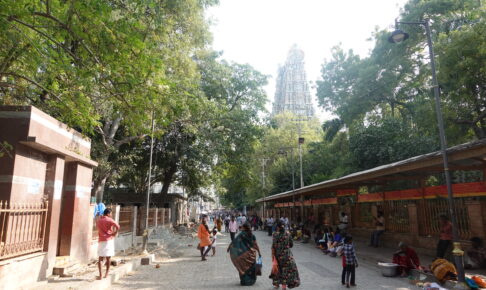(2) The political speculation and true purpose of the Spanish Inquisition
The Inquisition is often thought of as being caused by religious intolerance, but in the case of the Spanish Inquisition, the main reason was political.
The question of how to deal with the atmosphere of violence that pervades the country has always been a concern for political leaders.
In a society of heightened aggression, governance becomes impossible if that aggression cannot be repelled. Therefore, scapegoats are needed. The search for the bad guys is actively promoted, and they are held accountable so that the dissatisfaction will not be directed at the rulers. This has always been the case. I have talked about this before in my article on Stalin. We must also be careful.












